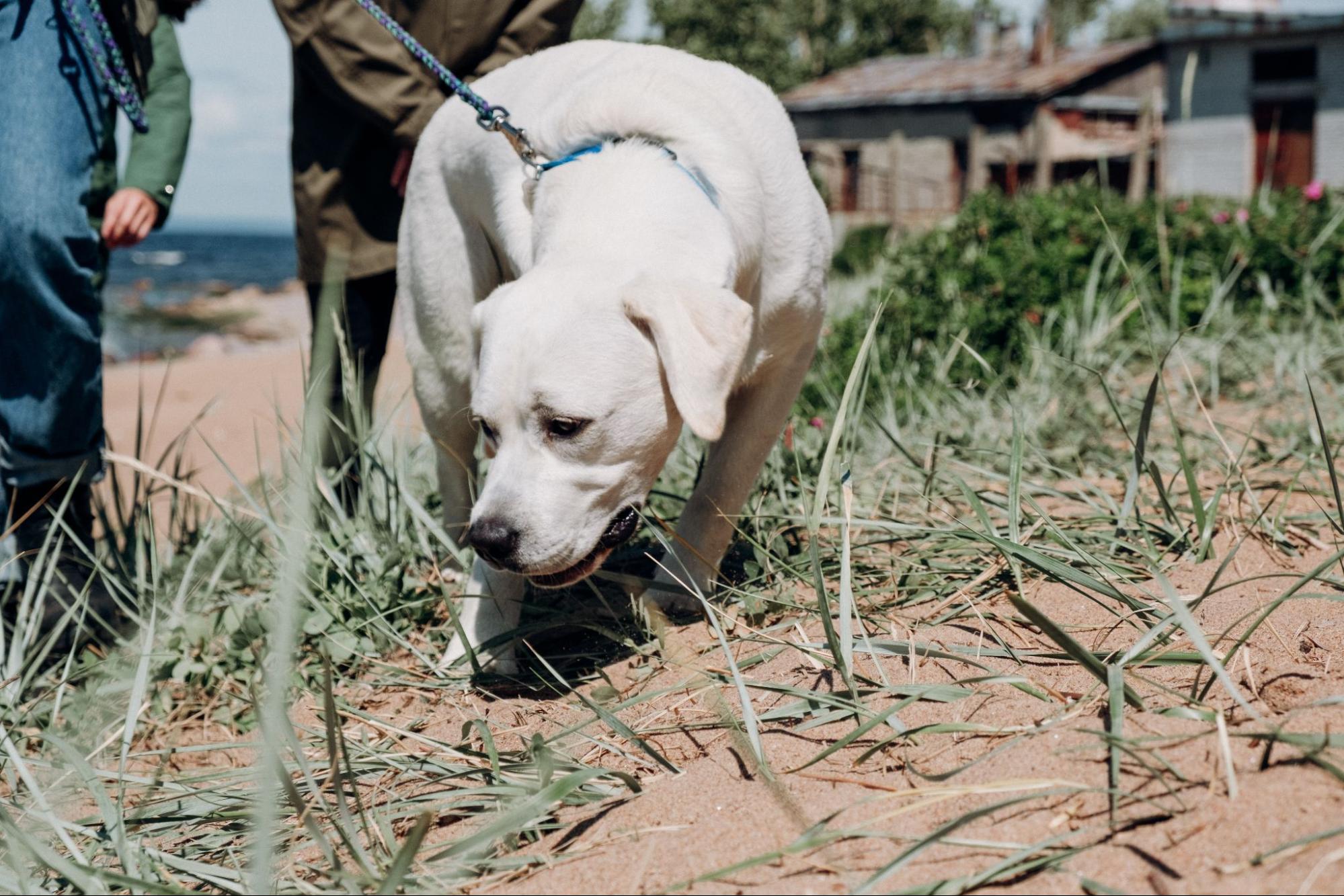How to Get a Puppy to Stop Nipping
Are you struggling with a Labrador puppy that just won’t stop nipping? If so, you’re not alone. Nipping is a common behavior issue among young Labradors, but it’s important to address it early on to prevent potential problems down the line. In this article, I’ll answer some frequently asked questions about nipping Labradors and provide effective strategies to help get your puppy to stop nipping.
One of the first things you need to understand is why puppies nip in the first place. It’s a natural behavior for them as they explore their world and interact with other members of their litter. However, when those sharp little teeth start targeting your hands or feet, it can be quite frustrating. So how do you address this issue?
I’ll walk you through some tried-and-true techniques that can help redirect your puppy’s nipping behavior onto more appropriate outlets. From proper socialization to positive reinforcement training methods, we’ll explore various approaches that can make a real difference in curbing your Labrador’s nipping tendencies. So let’s dive in and discover how you can create a well-mannered and bite-free relationship with your furry friend!
Why do Labradors nip?
Labradors, like many other dog breeds, have a natural instinct to use their mouths for exploration and play. Nipping is a common behavior exhibited by puppies as they explore their surroundings and interact with others. Understanding why Labrador’s nip is crucial in addressing this behavior effectively.
Here are a few reasons why Labradors may exhibit nipping behavior:
- Teething: During the teething phase, which usually occurs between 3 and 6 months of age, puppies experience discomfort as their adult teeth start to emerge. Nipping helps alleviate the discomfort by providing relief to their sore gums.
- Lack of socialization: Insufficient exposure to different people, animals, and environments during the critical socialization period can result in fear or anxiety-related nipping behaviors. Proper socialization from an early age can help prevent or reduce these tendencies.
- Playfulness: Labradors are known for their playful nature. Nipping can be an expression of excitement or an attempt to engage in interactive play with humans or other dogs.
- Attention-seeking: Some Labradors may resort to nipping as a way to gain attention from their owners or family members when they feel neglected or bored.
- Fear or aggression: In rare cases, nipping can be driven by fear or aggression issues that require professional intervention and training.
To address nipping behavior in Labradors:
- Provide appropriate chew toys and teething aids during the teething phase.
- Socialize your Labrador puppy extensively to various stimuli, including different people, animals, sounds, and environments.
- Encourage calm play by redirecting your puppy’s attention towards interactive toys rather than using hands as play objects.
- Establish consistent boundaries through positive reinforcement training techniques such as reward-based training.
- Consult a professional dog trainer if you observe signs of fear or aggression in your Labrador’s nipping behavior.
Remember that patience, consistency, and positive reinforcement are key in addressing nipping behavior. With proper training and guidance, Labradors can learn to engage in appropriate behaviors and become well-mannered companions for their owners.

Is nipping a common behavior in puppies?
Nipping is indeed a common behavior in puppies. As they explore their surroundings and interact with the world around them, it’s natural for them to use their mouths to investigate and play. However, it’s important to understand that nipping can also be a form of communication for puppies, as they may use it to express excitement or even assert dominance.
One reason why nipping is prevalent among puppies is because they are teething. Just like human babies, puppies go through a teething phase where their baby teeth start to fall out and are replaced by adult teeth. This process can be uncomfortable and lead to increased chewing behaviors, including nipping.
Another factor contributing to nipping is the playful nature of puppies. They have boundless energy and love engaging in games with their littermates or human companions. During playtime, nipping might occur as an instinctual response or as an attempt to initiate play.
Additionally, socialization plays a role in shaping a puppy’s behavior. Puppies who haven’t had sufficient exposure to other dogs or people may not have learned proper bite inhibition during their early developmental stages. This lack of socialization can contribute to excessive nipping tendencies.
While nipping in puppies is generally normal, it’s essential for pet owners to address this behavior appropriately. Ignoring or encouraging it can lead to more serious issues later on when the puppy grows into an adult dog with stronger jaws.
In the next section, we’ll discuss effective strategies for training your puppy not to nip and provide tips on redirecting their biting behaviours towards more appropriate outlets.